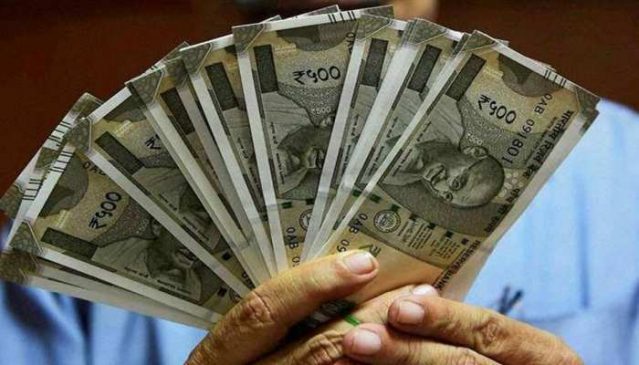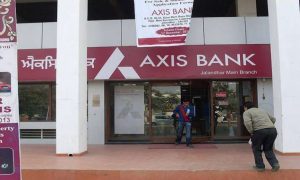8th Pay Commission: There will be a two-front revision in pension of central government employees who will retire after the implementation of the 8th Pay Commission, probably in 2026, as before that the Unified Pension Scheme is set to be implemented from April 1, 2025.
Read More: Union Bank offers cheapest home loans at 8.35%
8th Pay Commission: The Centre last month announced Unified Pension Scheme, an alternative to the National Pension System (NPS), to be implemented from April 1, 2025. For a very long time, central government employees had been demanding the restoration of Old Pension Scheme (OPS) in place of the NPS, which was introduced in 2004. The OPS restoration and NPS removal featured among various other demands that have been raised by many central government employee unions from time to time since 2004.
The Unified pension Scheme (UPS), like OPS, has a provision of guaranteed pension. The employee will be given a pension of 50% of the average basic pay of the last 12 months before retirement. Besides, the UPS will also ensure that there is a minimum pension of Rs 10,000 for a retiree from a government job provided that the individual completes 10 years in service. In the event of pensioner’s death, his or her spouse will receive 60% of the pension fixed.
To become eligible for a full pension under the UPS, one has to complete at least 25 years in service. If an employee serves less than 25 years, he or she will receive truncated pension calculated on a pro-rata basis.
Read More: FCNR vs RFC: Tax benefits; Remove spouse from NRE deposit to avoid reassessment
What will be the minimum UPS pension after the 8th Pay Commission?
Under the 7th Pay Commission, the minimum pension is Rs 9,000 at present because the minimum basic pay of a government employee stands at Rs 18,000 (Basic+DA). However, this basic salary of government employees will see a major revision after the implementation of the 8th Pay Commission, which is expected to be implemented in 2026.
It is expected that the salary revision will be effected under the 8th Pay Commission using the fitment factor of 1.92. The fitment factor is a key multiplier used to arrive at a decision regarding the quantum of pay and pension increase of employees. Based on this fitment factor, the minimum salary of a government employee is likely to be fixed at Rs 34,560.
Considering Rs 34,560 as a minimum basic pay, the starting pension under the Unified Pension Scheme (UPS) comes to Rs 17,280. So those who complete a minimum 25 years in government service will be eligible for a pension of at least Rs 17,280. Also, the pension would be calculated on the basis of the average basic pay of last 12 months. So if there is any change in the minimum basic pay at any stage due to DA merger or any other reasons, the pension amount is liable to change accordingly.
Read More: UCO bank hikes benchmark lending rates: Check key details
Who will be covered under the UPS?
The UPS will benefit all government employees who joined any of the government services, except armed forces, after January 1, 2004. Once implemented at the centre level, the scheme will be implemented by states as well for their employees. However, in recent times many states, mostly non-BJP ruled, have gone back to the OPS.
Key features of the UPS:
Guaranteed pension: 50% of the average basic pay over the last 12 months before retirement, with a minimum pension guarantee of Rs 10,000 per month for those with at least 10 years of service.
Family pension: 60% of the employee’s pension is provided to the family in case of death.
Inflation indexation: The pension, family pension, and minimum pension will be adjusted for inflation.
The UPS will be implemented from April 1, 2025. Employees will have an option to choose between the existing NPS and the new UPS, and once chosen their decision will be irrevocable.





































